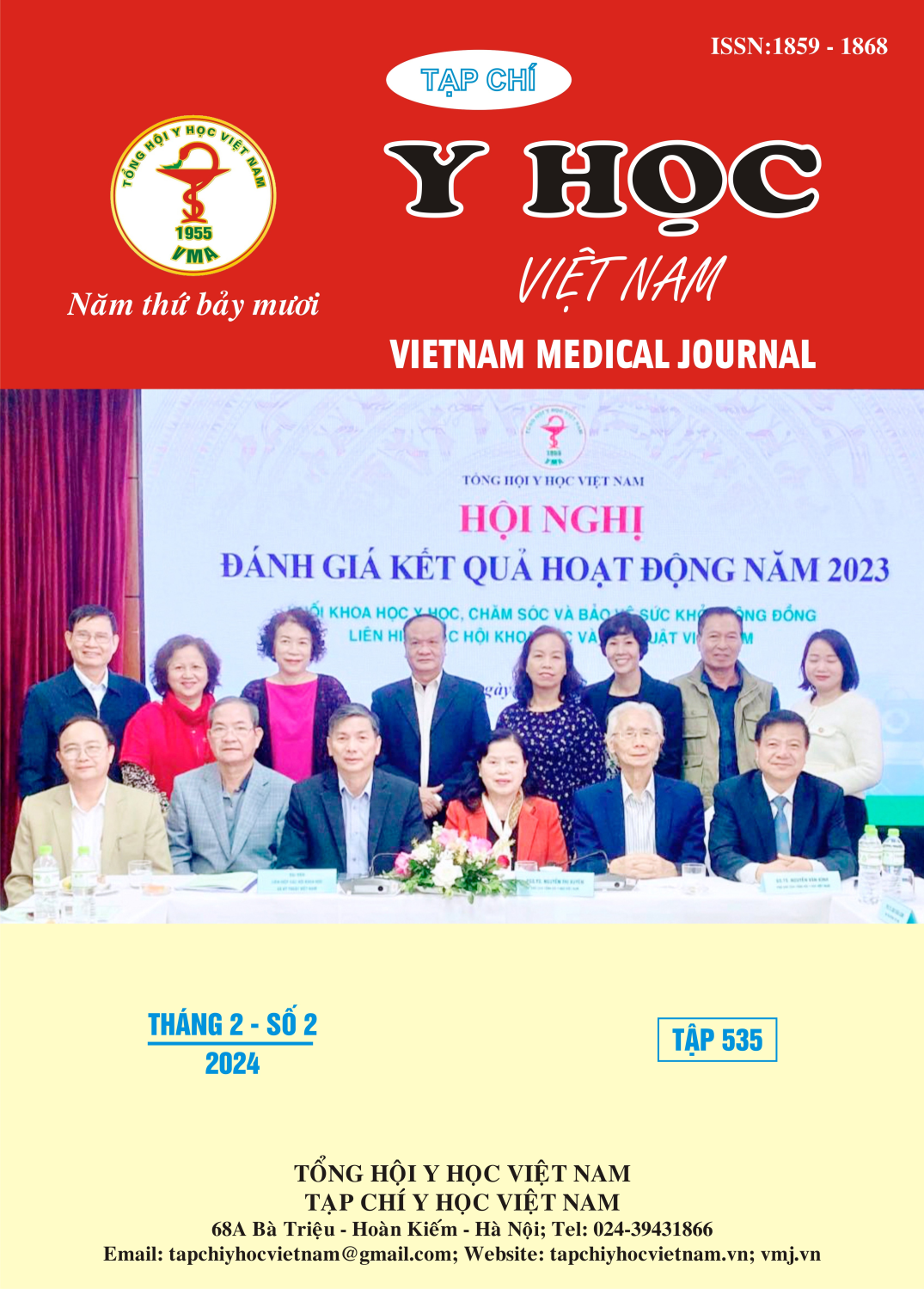DETERMINATION OF METHYLPARABEN AND PROPYL PARABEN BY HIGH PRESSURE LIQUID CHROMATOGRAPHY METHODS IN COSMETICS DISTRIBUTED IN VINH CITY IN 2023
Main Article Content
Abstract
Paraben is the common name of a group of chemical preservatives, commonly used for a long time. Parabens are slightly soluble in water, soluble in methanol, ethanol and other organic solvents. Sensitivity has occurred when drugs containing parabens were applied to damaged or chapped skin and many other dangerous side effects. In order to determine whether the content of methylparaben and propylparaben mentioned above in cosmetic products is within the allowable limit, we conducted research with the following goals: Qualitative and quantitative determination of methylparaben (MP) and propylparaben (PP) ) using high performance liquid chromatography (HPLC) in a number of cosmetic products (facial cleanser, lotion, skin whitening, skin regeneration, melasma treatment, acne treatment,...) in circulation in Vinh city. Research subjects and methods: 6 cosmetic samples collected in Vinh City in 2023. Determination of parabens using HPLC method. Results: Through surveying the optimal conditions of the method such as: linear range, repeatability, reproducibility, recovery efficiency, we evaluate the research method as completely suitable for application in analysis. cosmetic samples. All 6 analyzed samples were determined to contain methyl paraben and propyl paraben. Conclusion. This result more or less shows that there are parabens in cosmetics, a potential risk to users' health from cosmetic products currently circulating on the market.
Article Details
Keywords
methylparaben, propylparaben, cosmetics, HPLC
References
2. Dorota B., Jolanta G., Wojciech W. (2014), “Review Parabens. From environmental studies to human health”, Environment International, 67, pp. 27-42.
3. Ethylparaben P. (1984), "Final report on the safety assessment of methylparaben, ethyl paraben, propyl paraben, and butylparaben", Journal of the American College of Toxicology, 3(5), 147-209.
4. Handa O, et al. (2006), “Methylparaben potentiatesUV-induced damage of skin keratinocytes”, Toxicology, 227,62–72.
5. National Center for Biotechnology Information (2023). PubChem Compound Summary for CID 7175, Propylparaben. Retrieved April 2, 2023 from https://pubchem.ncbi.nlm. nih.gov/compound/Propylparaben.
6. Emily Hager (2022), “Minireview: Parabens Exposure and Breast Cancer”, Int J Environ Res Public Health, Feb; 19(3): 1873.
7. Bộ Y Tế (2015), “Cập nhật quy định về các chất dùng trong mỹ phẩm”.


